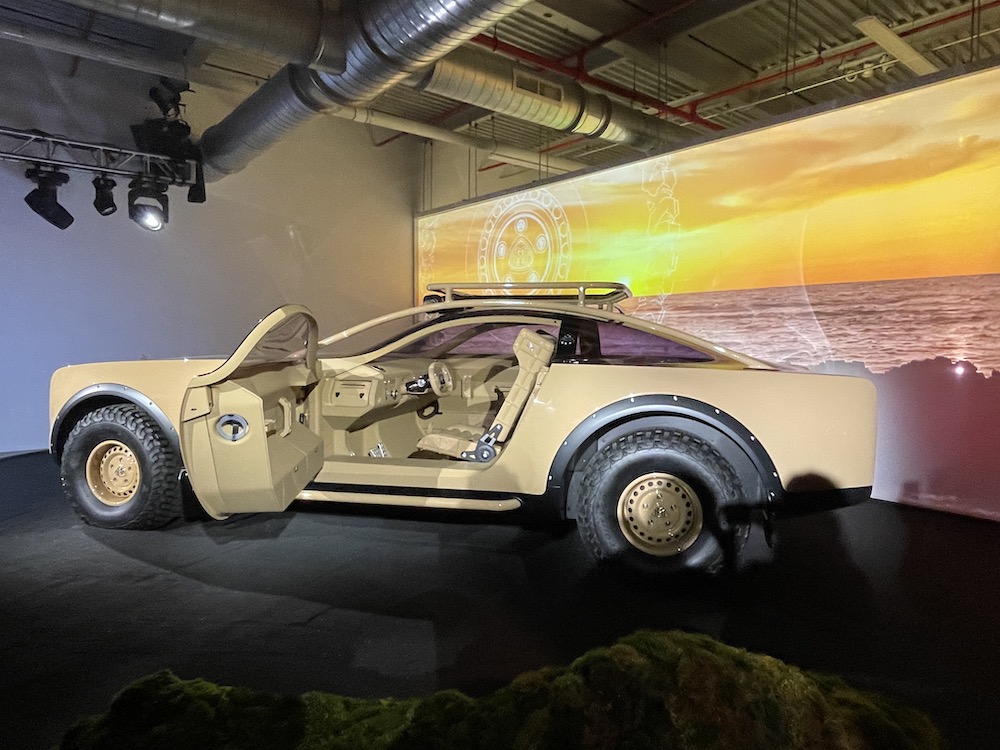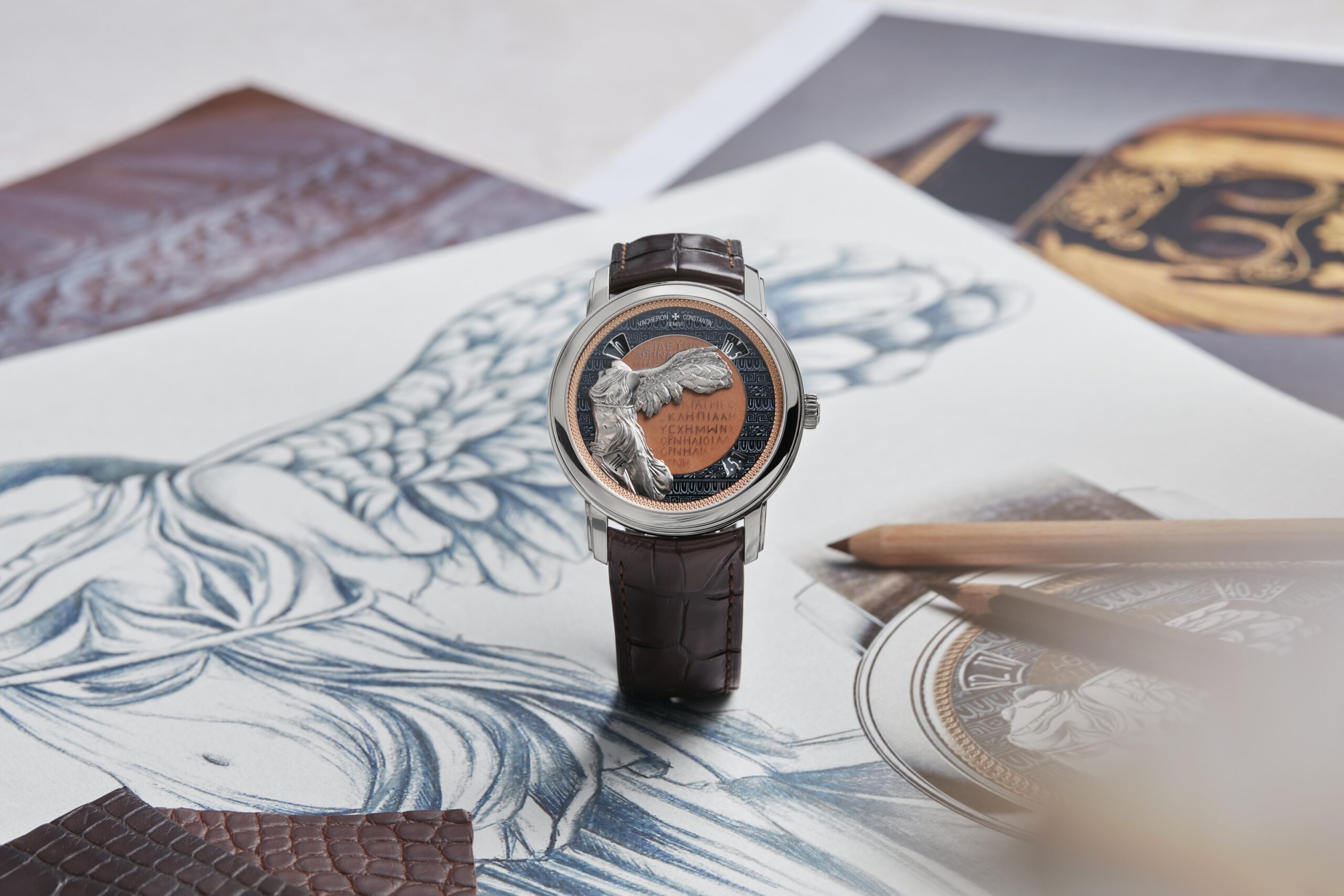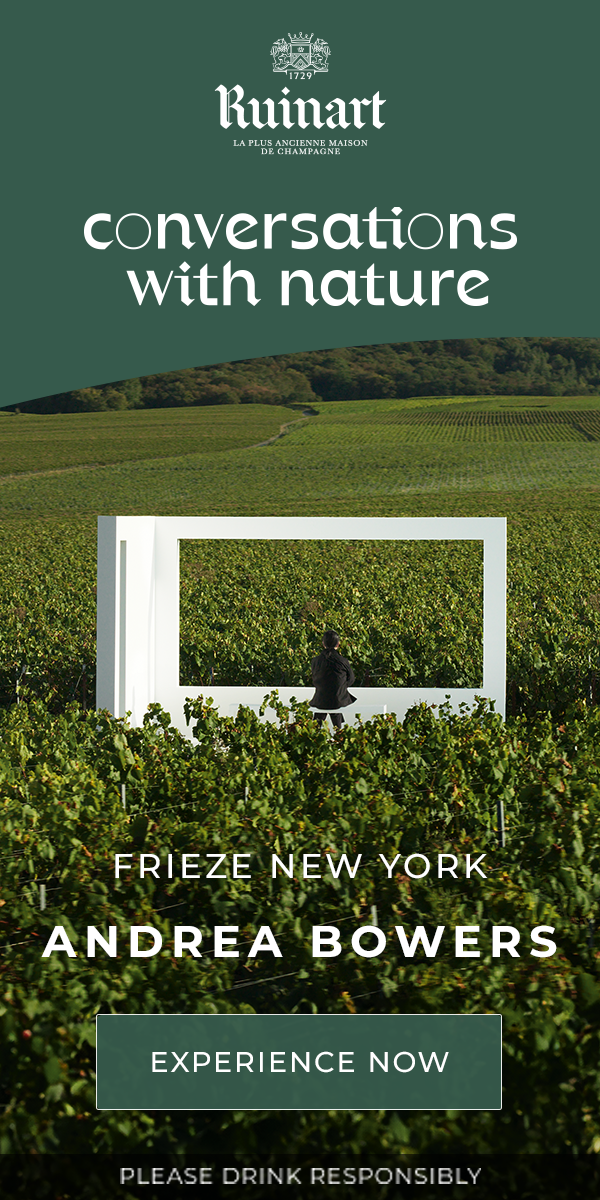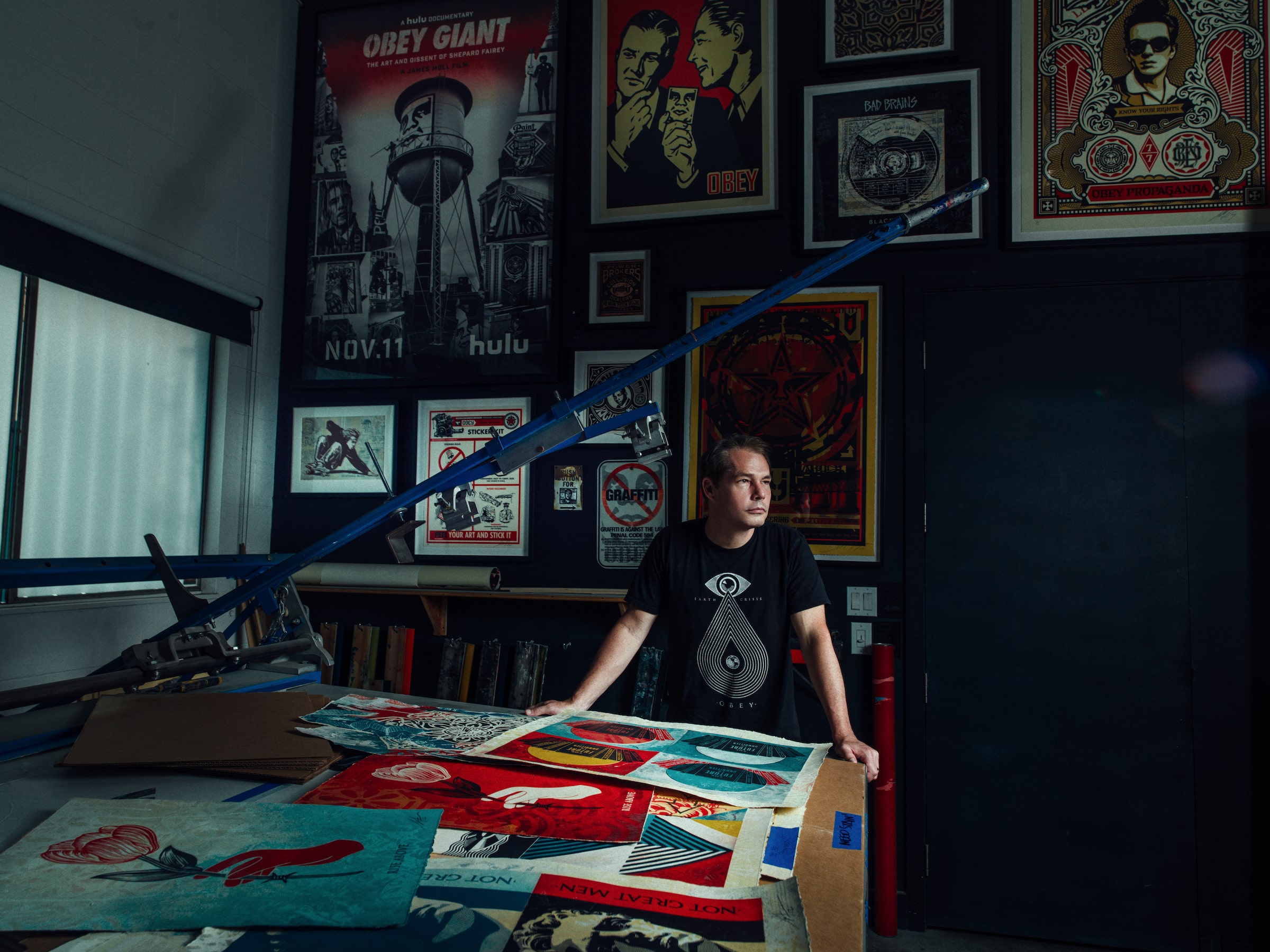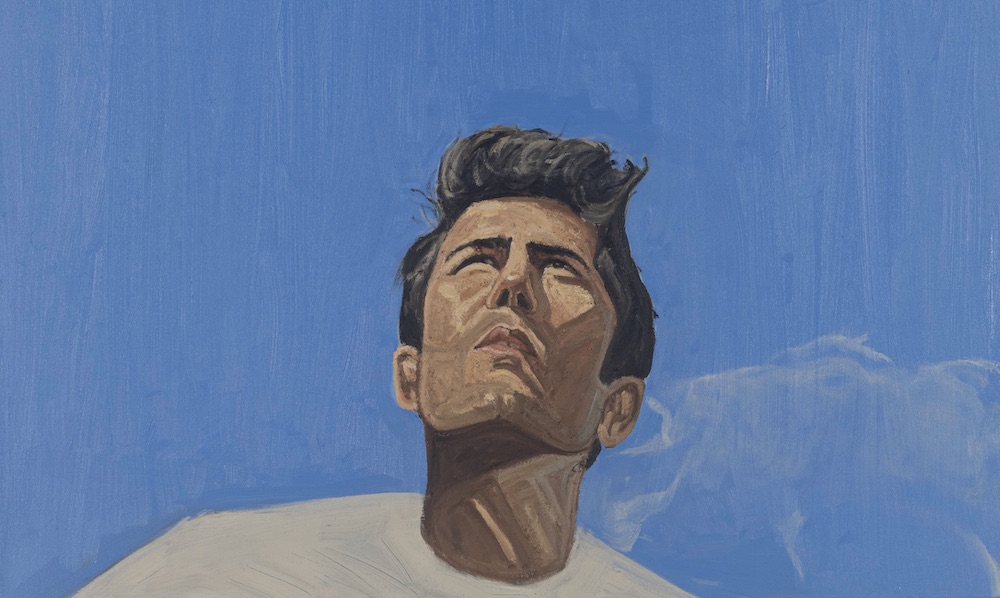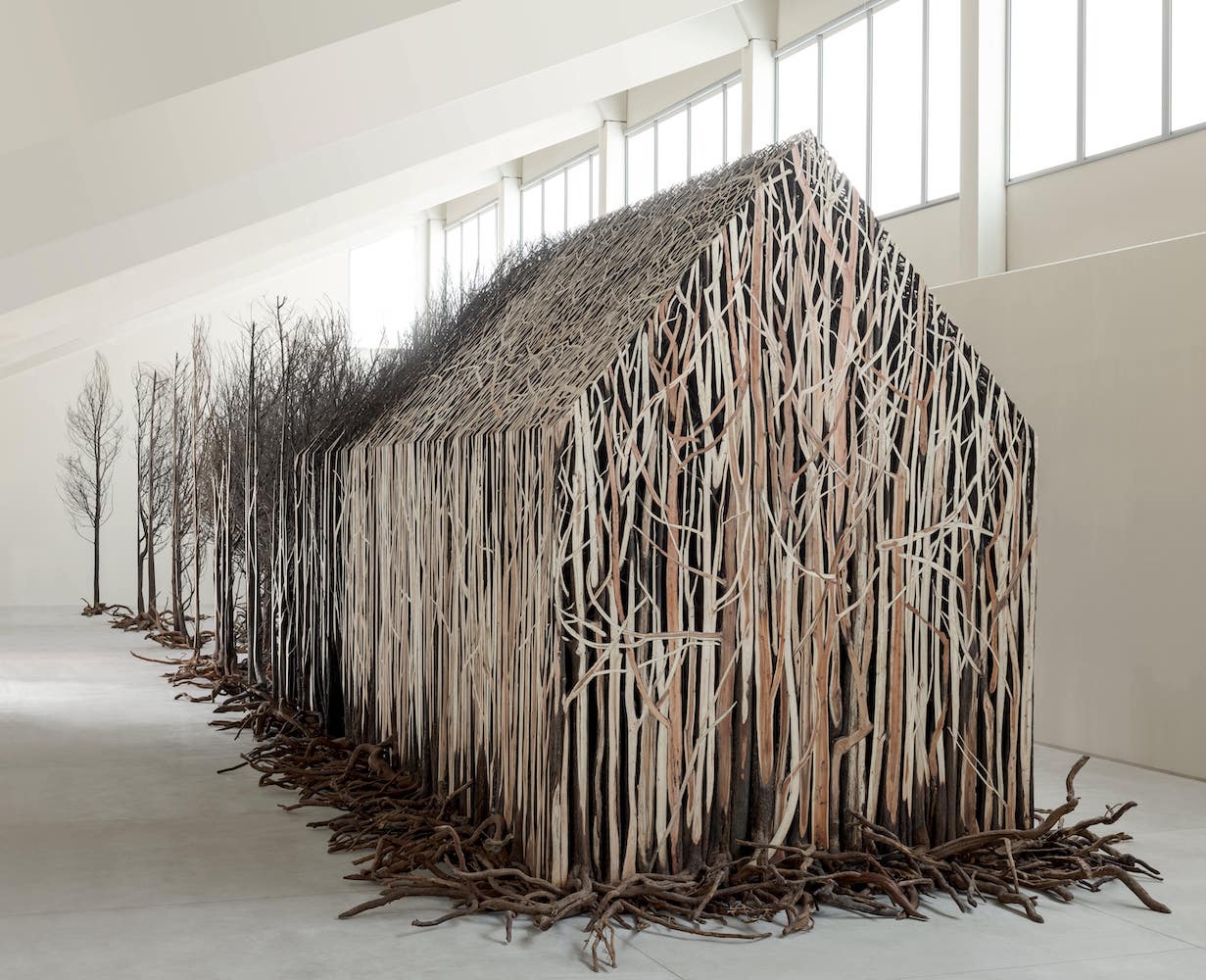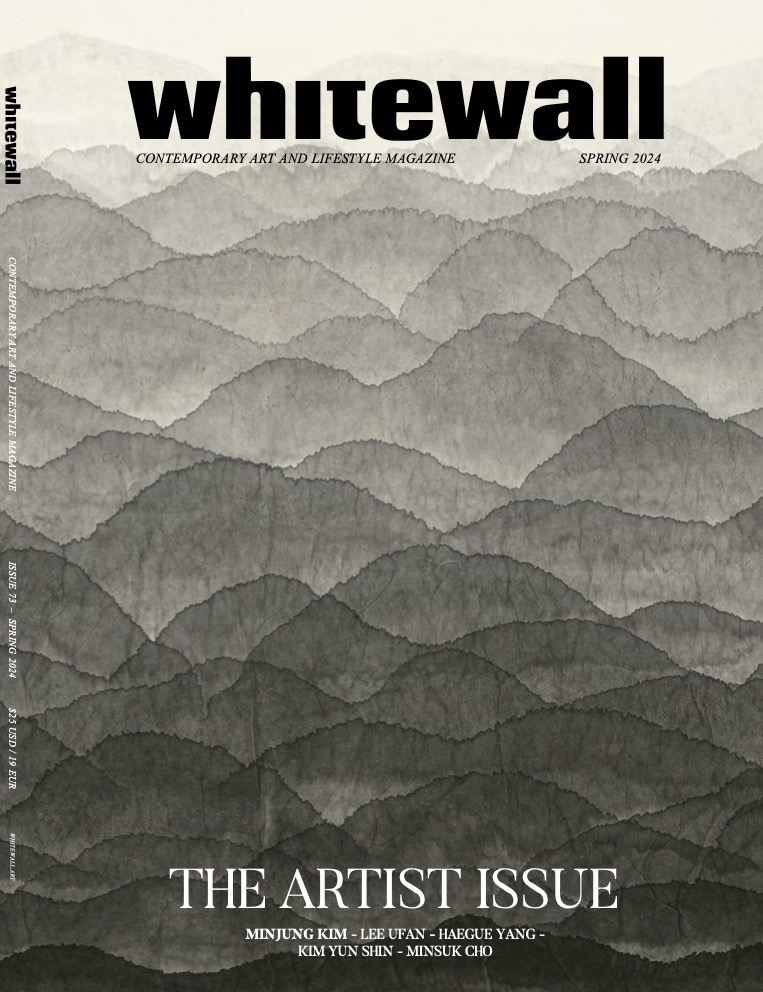For artist Nick Moss, steel is the canvas. Using patinas and high heat, he creates abstract works that are a departure from the modernist tendency to make anything in metal monolithic.
Moss creates his investigations of color, material, and shape at a studio in upstate New York. Raised on a farm, with training in welding and metal fabrication, his current artistic practice is completely self-taught.
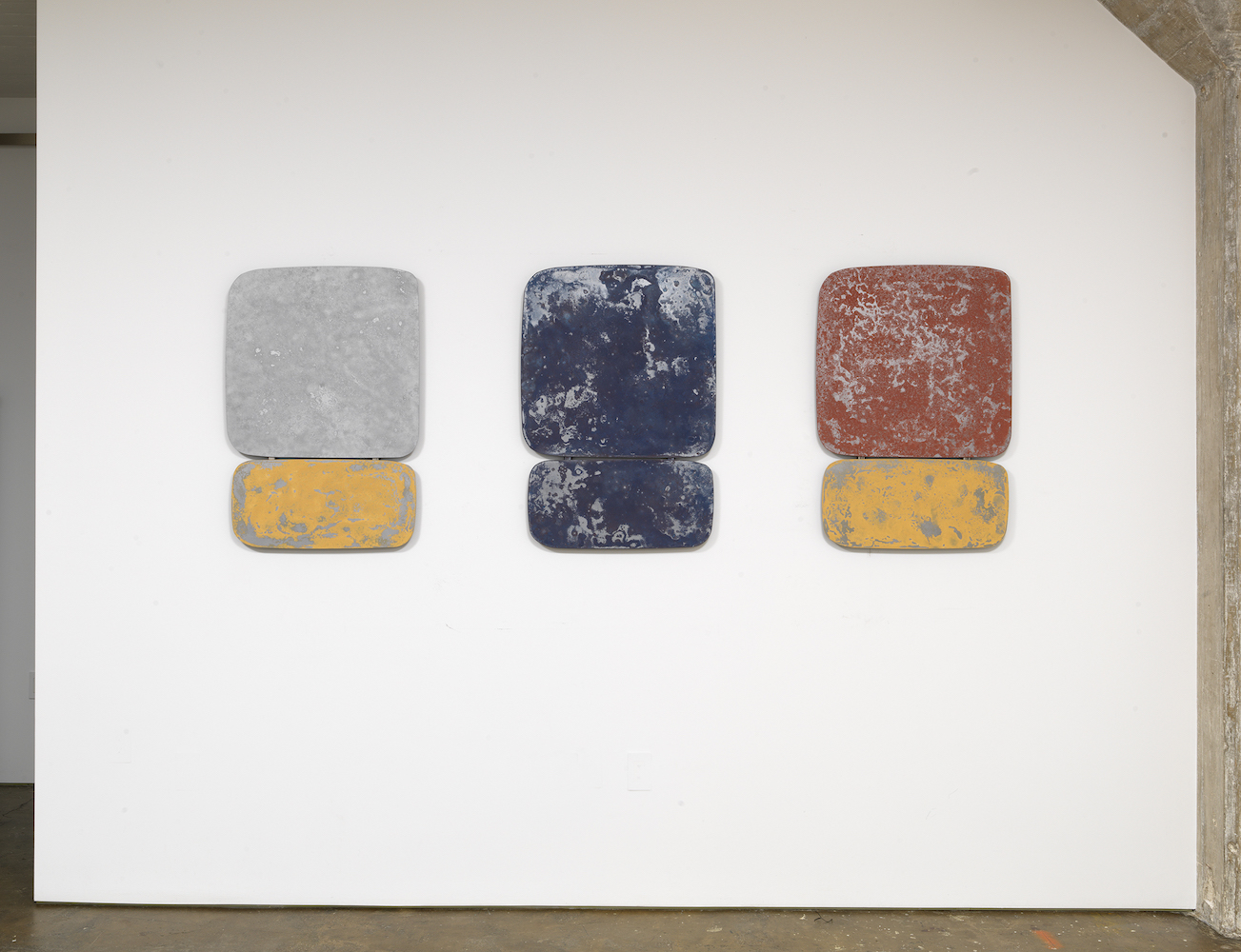
Photo by Brian Buckley, courtesy of Nick Moss.
Moss’s latest series is on view at Leila Heller Gallery in New York, now through February 20. Whitewall spoke with the artist about the beauty of painting with fire.
WHITEWALL: What was the starting point for the work in “Steel Shapes”?
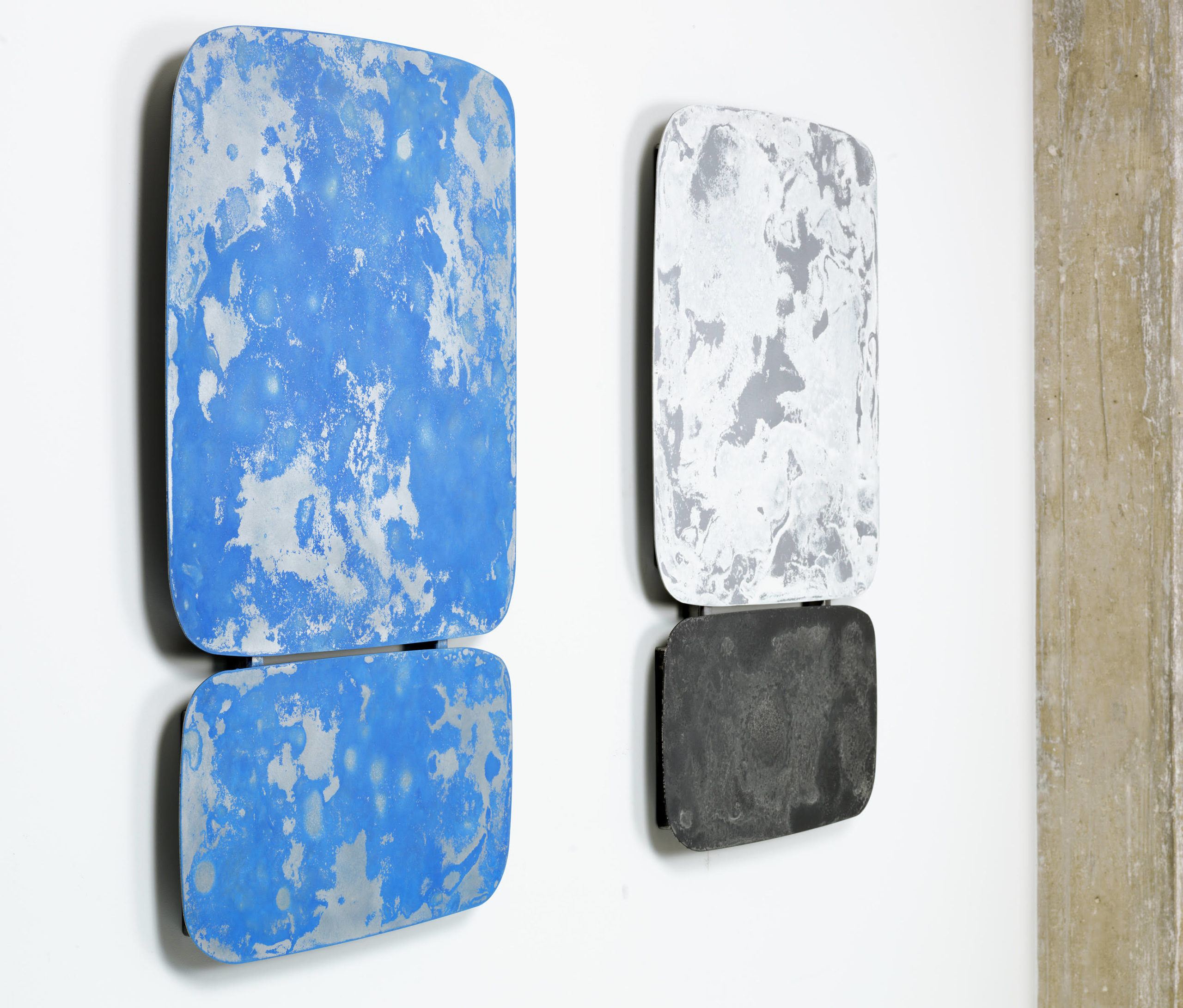
Photo by Brian Buckley, courtesy of Nick Moss.
NICK MOSS: For “Steel Shapes,” it started with the distorted shadows the windows in my studio upstate cast. I’m a fanatic for minimalism—shape, lines, forms, curves, hard edges. Working with steel, you get that very precisely. I look at steel as my actual canvas. I’ve been working with steel since I was a little kid. It feels like canvas, even if I use sheet metal or a steel plate, square tubing, or whatever the material might be. Using a welder, torches, sanding techniques—those tools are my paintbrushes, creating color, form, and dimension. If you walk by one of my works, you wouldn’t at first guess it was steel.
WW: You said you’ve been interacting with steel since you were a kid. What do you like about working with steel?
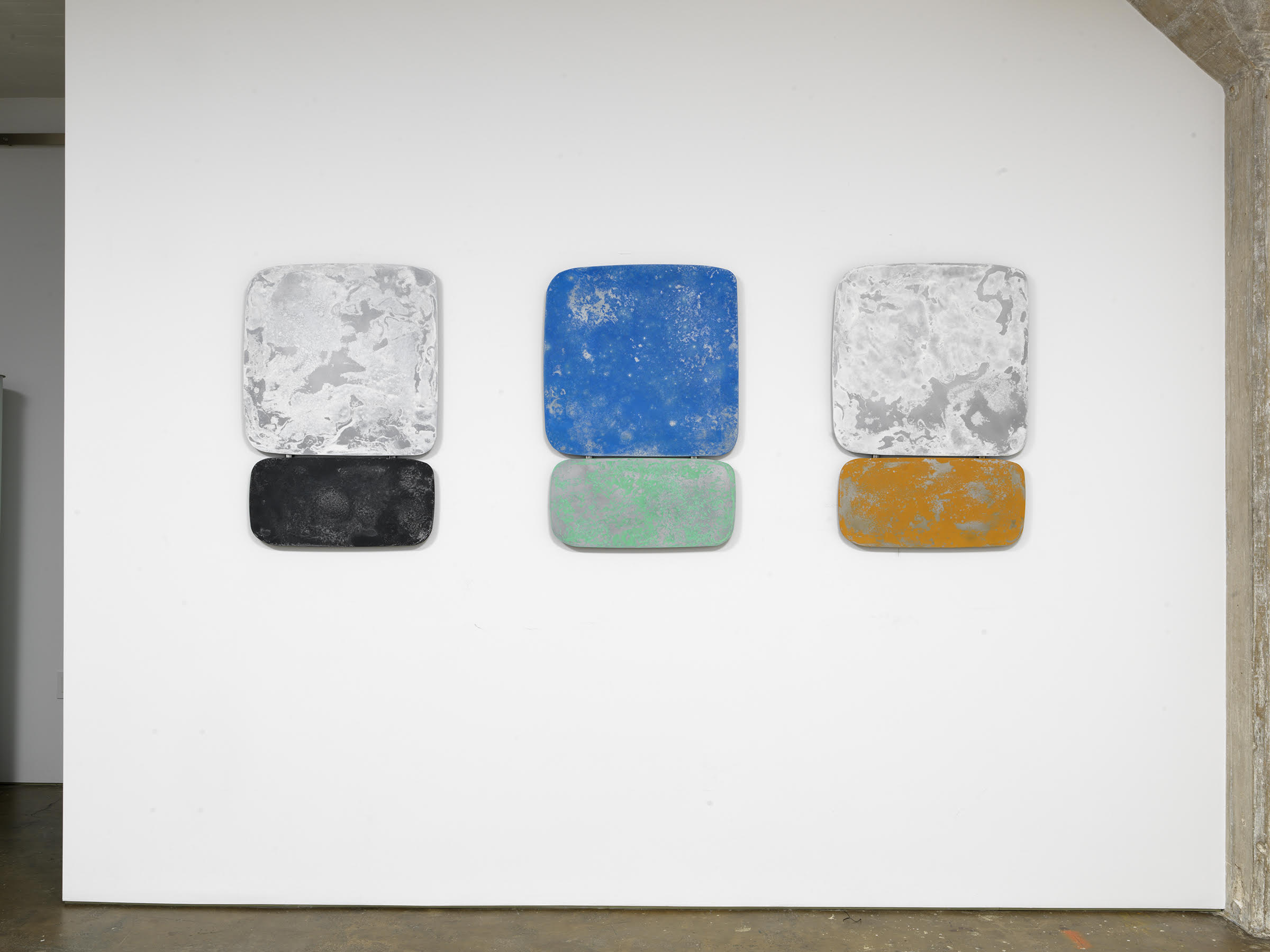
Photo by Brian Buckley, courtesy of Nick Moss.
NM: It’s fun to manipulate. It’s hard to break but it’s really temperamental. Under heat it moves, it warps, it bends. It’s something you have to work with and be comfortable and experienced with. I studied welding and fabrication, growing up on a farm as a kid, and then my later years in high school, being in industrial contracting—I’ve been surrounded by steel my entire life and have never gotten away from it.
It’s just now, it’s a form of art—shape, color, and everything. Seeing the material being used to create monolithic sculptures, I’m scaling it down. I look at it like a sheet of paper. It doesn’t have be this big, heavy thing. The new works, the majority size is 36 x 24 inches, that weigh less than 30 pounds.
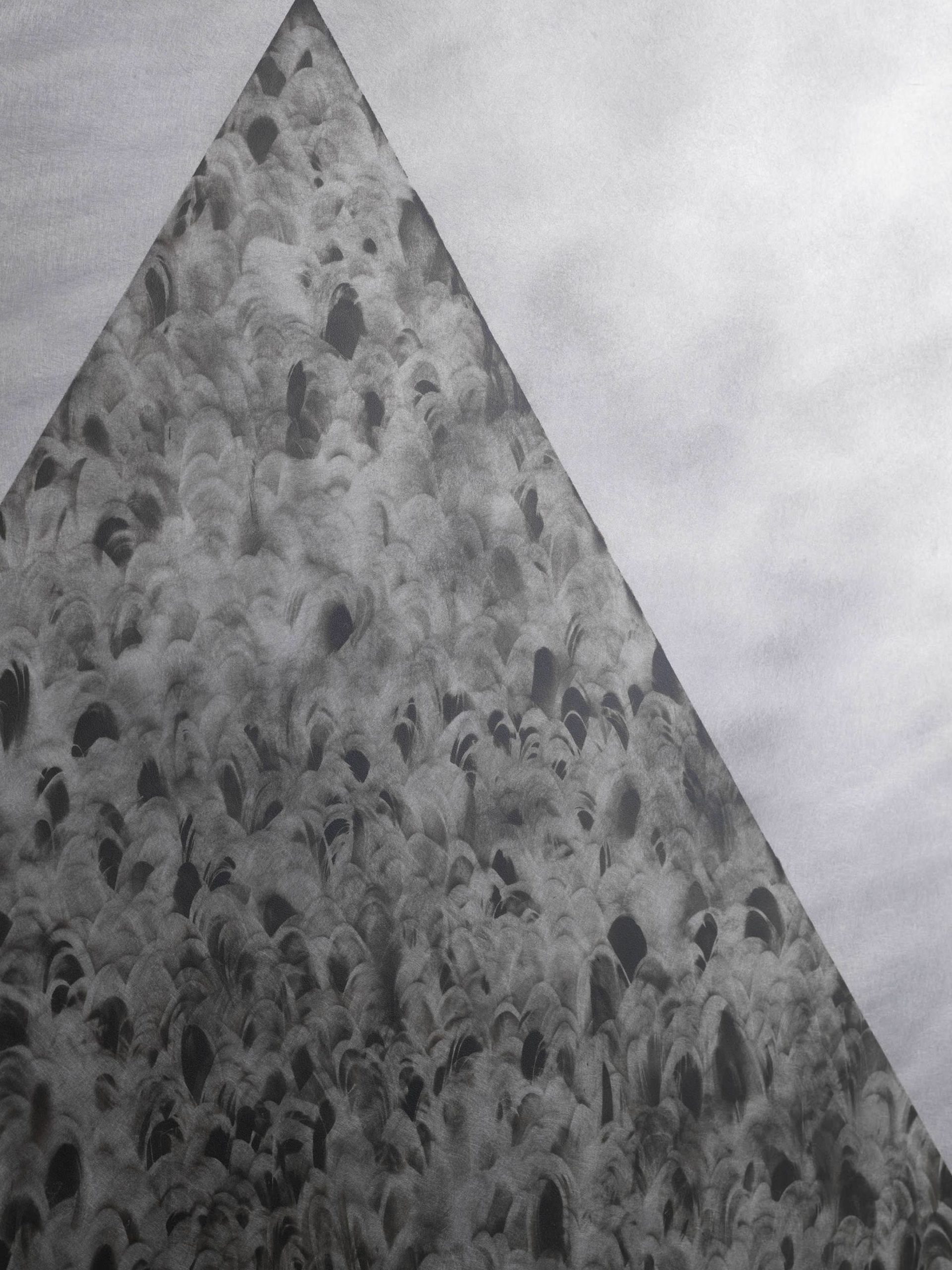
Photo by Brian Buckley, courtesy of Nick Moss.
It’s intuitive, for me, looking at it and seeing and feeling what you’re going to get from it. It’s continuously changing. It’s a beautiful form.
WW: What are the challenges of working with steel? Are those things you welcome?
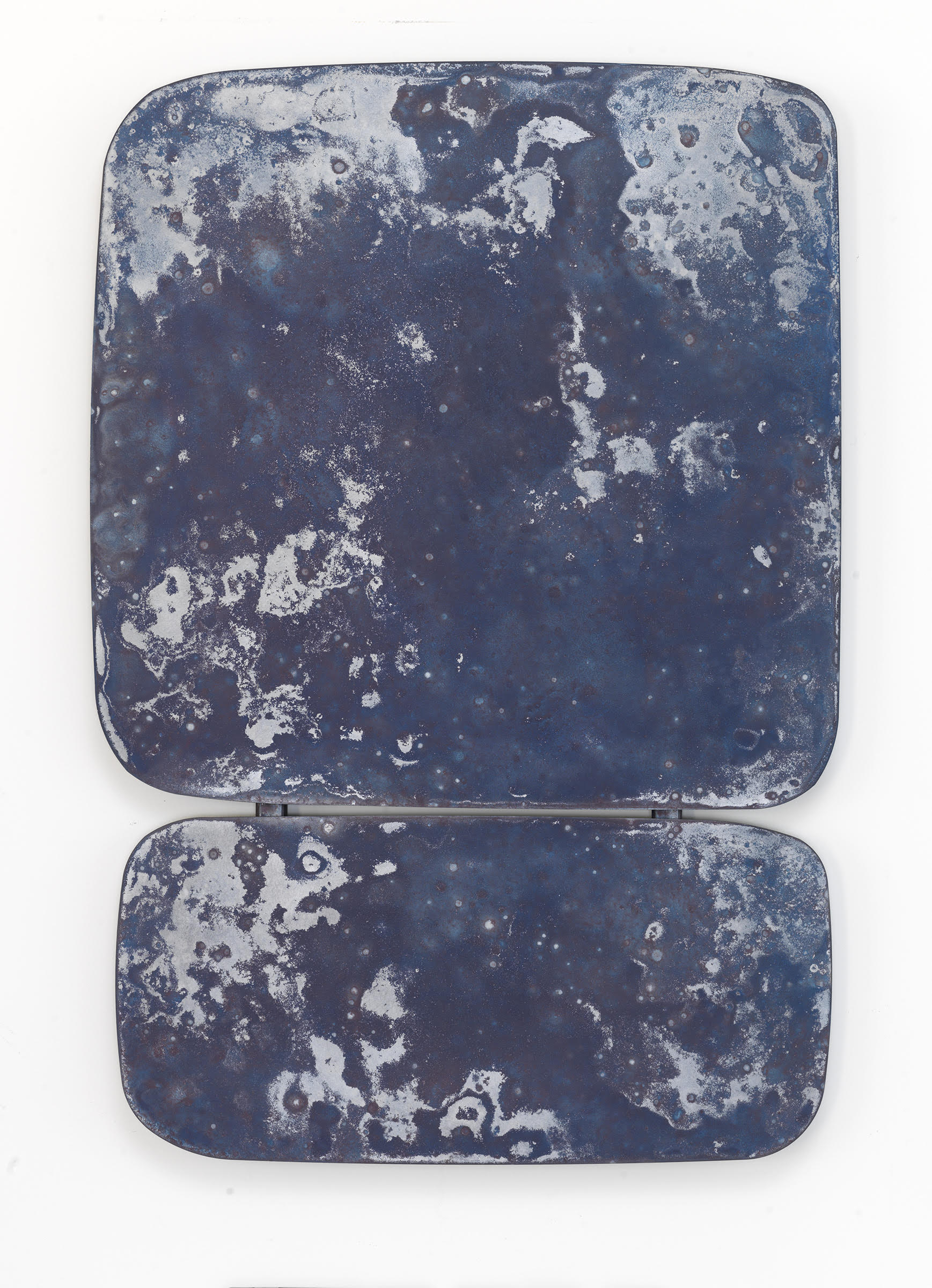
Photo by Brian Buckley, courtesy of Nick Moss.
NM: Investigating and experimenting with it, you find yourself making mistakes that actually become part of the process. You continually learn, and it’s a very process driven.
Painting with fire, there’s something very tranquil about it. It’s uncontrolled, really, the end result. You have a process of trial and error, then you get to a point where you understand what’s going to happen. But you never have the control of what the finished product is actually going to look like. You have an idea, but it’s a relationship. The fire is going to tell the color to stick in a certain way and once you start wiping off the color, some parts stick and some parts don’t. You get this real abstraction that you kind of controlled, but didn’t. And then you’re either happy with it or you’re not, and you start over.
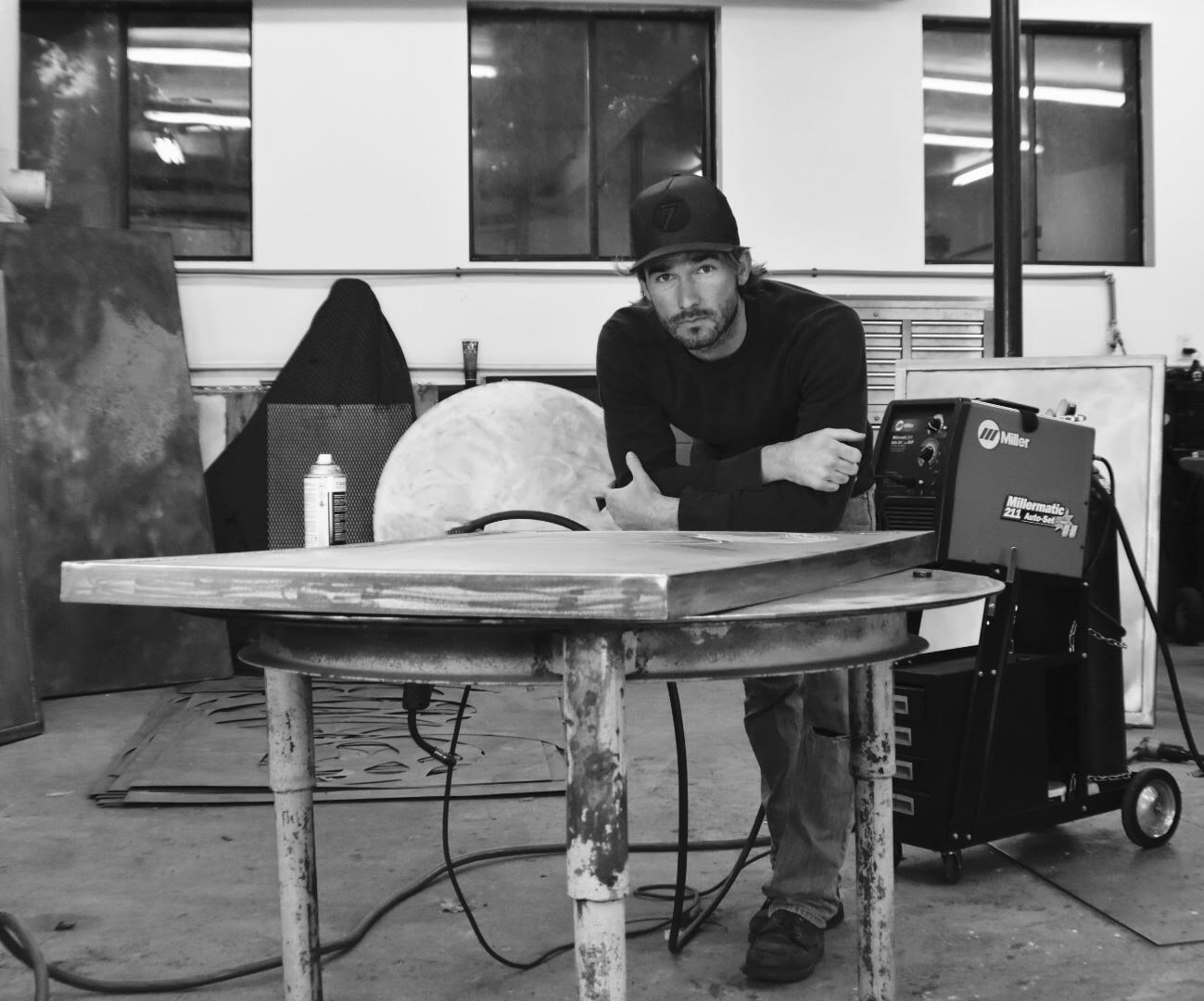
Courtesy of Nick Moss.
WW: Can you tell us about your studio space in upstate New York?
NM: It’s definitely where I spend all my time making work. I don’t make, build, weld, forge, or cut steel in the city. I do it all upstate. The views are ridiculous—panoramic views of the Hudson Valley, rolling hills, and greenery in every direction you look. The scene is amazing, it’s tranquil. A lot of the ideas in my work come from up there. It’s a great place to work.

